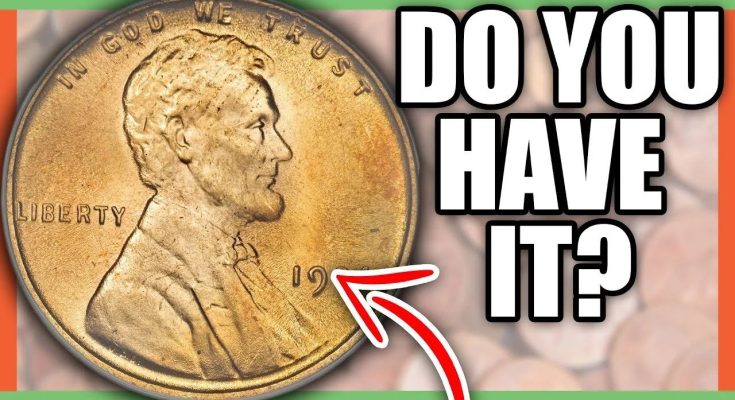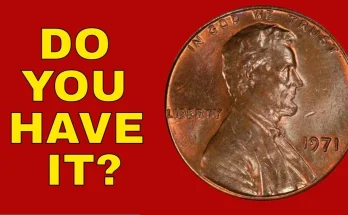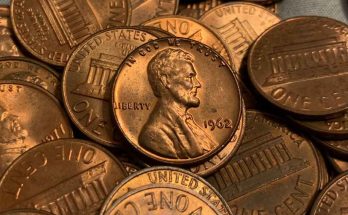The Lincoln Wheat Penny Valued at $99 Million: The Lincoln Wheat Penny may seem like just another old coin, but certain rare versions can be worth a fortune. First introduced in 1909 to commemorate Abraham Lincoln’s 100th birthday, these pennies feature his iconic profile on the obverse and two wheat stalks on the reverse. Designed by sculptor Victor David Brenner, this was the first time a real historical figure appeared on a circulating U.S. coin, making it a significant piece of numismatic history.
The Most Sought-After Wheat Pennies
Among the rarest Lincoln Wheat Pennies are those minted in 1943. Due to World War II, the U.S. Mint switched from copper to steel to conserve resources for the war effort. However, a few copper planchets (blanks) from 1942 were mistakenly struck in 1943, resulting in a handful of ultra-rare bronze pennies. These accidental creations are among the most valuable coins in existence, with some reportedly valued in the millions.
What Makes a Penny Worth Millions?
Several factors determine the value of a Wheat Penny:
- Rarity: The 1943 bronze penny was never supposed to exist, making surviving examples incredibly valuable.
- Minting Errors: Misprints, double strikes, or off-center designs can turn an ordinary penny into a collector’s dream.
- Condition: Coins in pristine, uncirculated condition fetch the highest prices, while worn or damaged coins are far less valuable.
A Glimpse into American History
Every Wheat Penny carries a piece of America’s past. These coins circulated during pivotal moments like the Great Depression and both World Wars. The 1943 bronze penny, in particular, tells a unique story of wartime resourcefulness, adding historical depth to its monetary worth.
Could You Find a Hidden Treasure?
While stumbling upon a multi-million-dollar penny is unlikely, it’s not impossible. Many valuable coins have been discovered in old collections, inherited coin jars, or even everyday pocket change. Dedicated collectors sift through thousands of pennies, searching for rare dates, mint marks, or errors that could signal immense value.
How to Identify a Valuable Wheat Penny
If you’re curious about checking your own coins, look for:
- Date & Mint Mark: The 1909-S VDB (with the designer’s initials) and any 1943 penny that isn’t steel are highly sought after.
- Material: A 1943 penny that appears copper instead of silver-colored could be worth a fortune.
- Condition: Sharp details, minimal wear, and original luster increase a coin’s value.
Preserving Your Find
If you believe you’ve found a rare Wheat Penny, proper care is crucial. Professional grading services can authenticate and encase your coin in a protective holder. Proper storage—away from moisture and extreme temperatures—helps maintain its condition and value over time.
The Future of Wheat Penny Values
As these coins become scarcer, especially in top condition, their value may continue to rise. The thrill of potentially discovering a rare penny keeps collectors and casual enthusiasts alike searching through their spare change.
Why These Coins Remain Fascinating
The story of the Lincoln Wheat Penny is a testament to the enduring allure of coin collecting. While most of us won’t uncover a million-dollar rarity, the possibility adds excitement to an everyday activity. Beyond their monetary worth, these coins are tangible pieces of American heritage, making them treasures in every sense—whether they’re worth a few cents or a life-changing fortune.
Final Note
This article offers general insights into the potential value of Lincoln Wheat Pennies. However, coin values fluctuate, and ultra-valuable specimens are exceptionally rare. If you believe you’ve found a high-value coin, consult a professional numismatist or a certified grading service for authentication before making any financial decisions.



